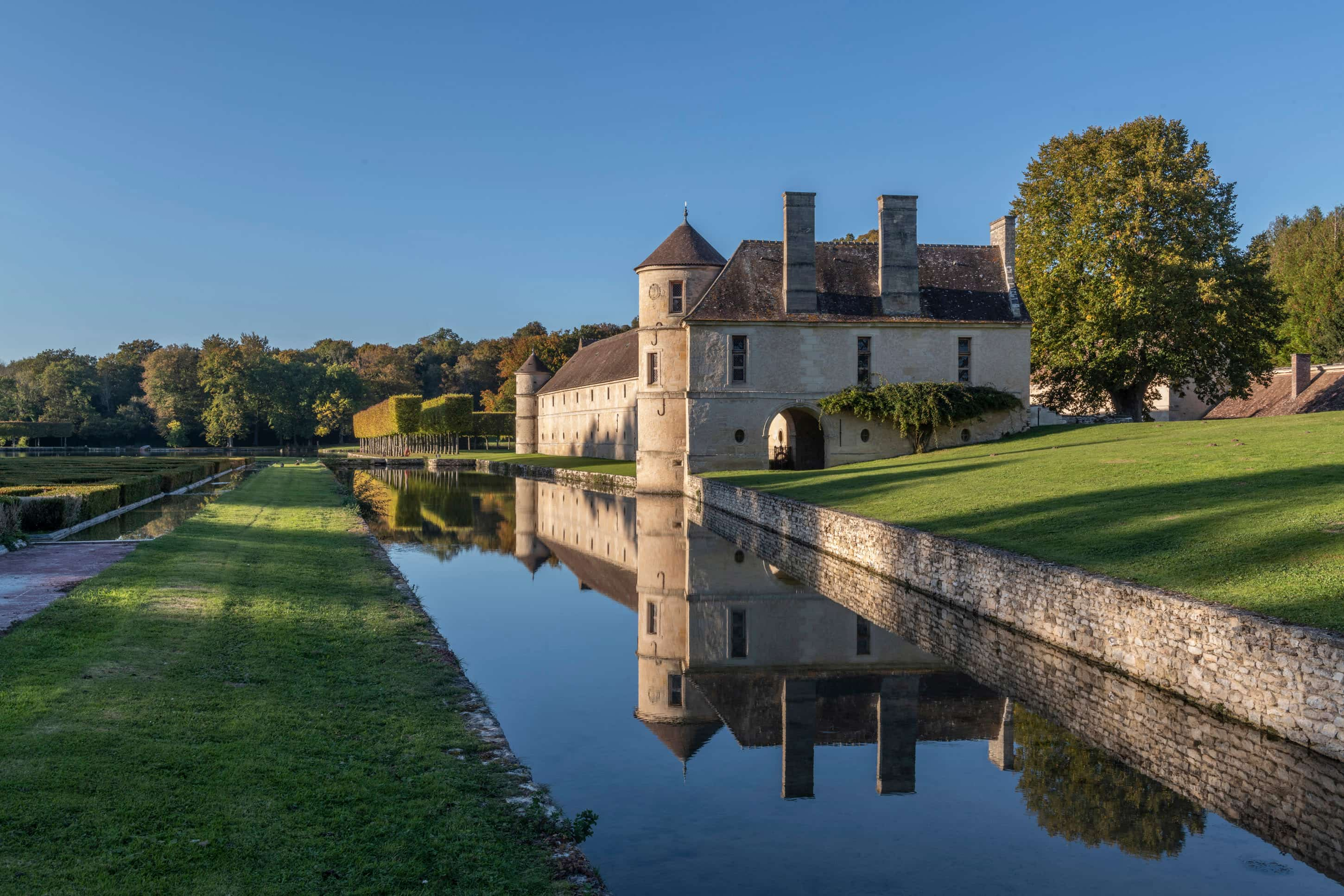Nicknamed “the pearl of the Vexin”, the Domaine de Villarceaux has existed since the 11th century, and is notably famous for having been home, 6 centuries later, to the love affairs of courtesan and woman of letters Ninon de Lenclos. Today, it's the 70-hectare park, 2 châteaux and numerous events offered on this listed site that attract visitors, whether history, nature or heritage lovers.
